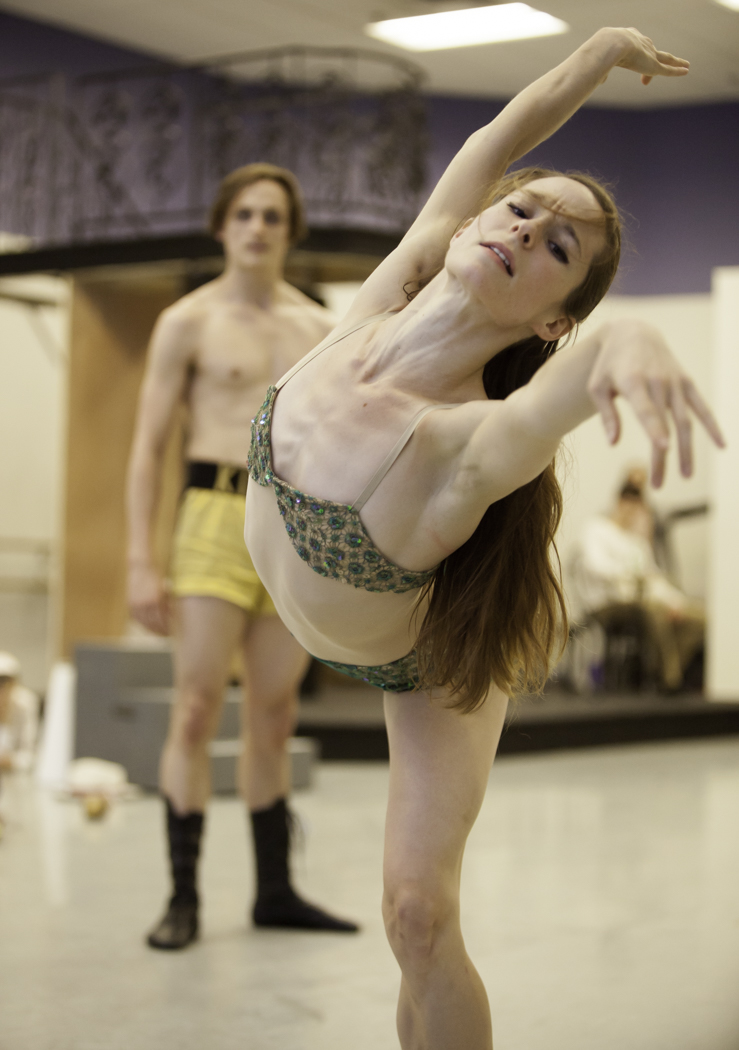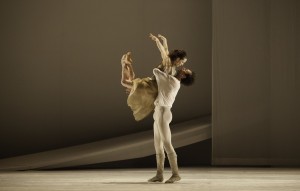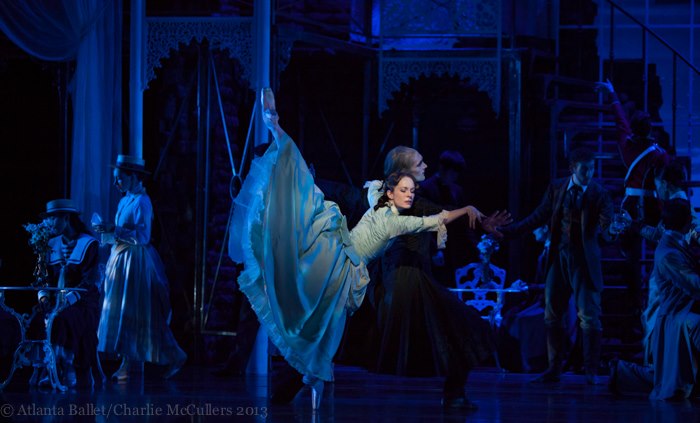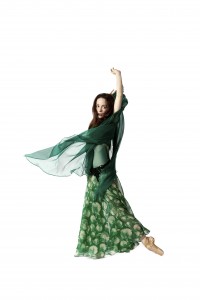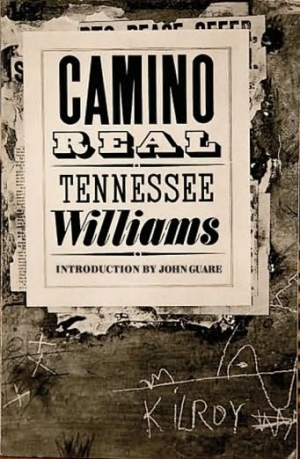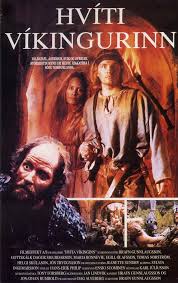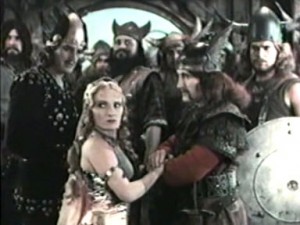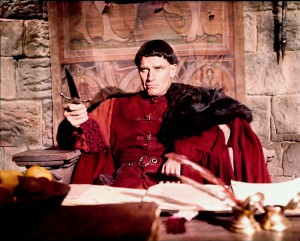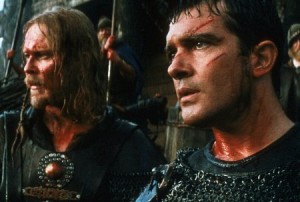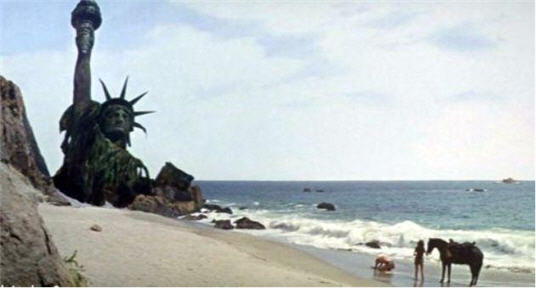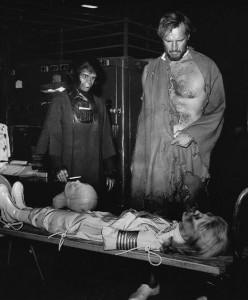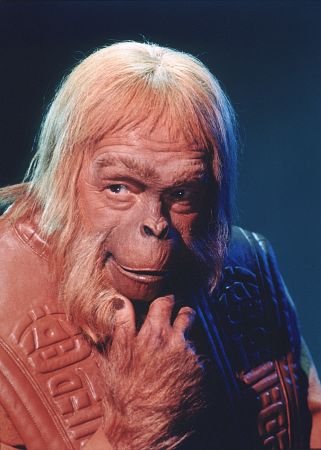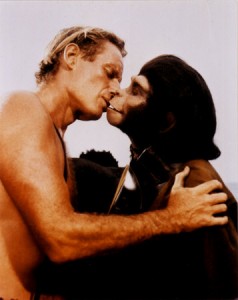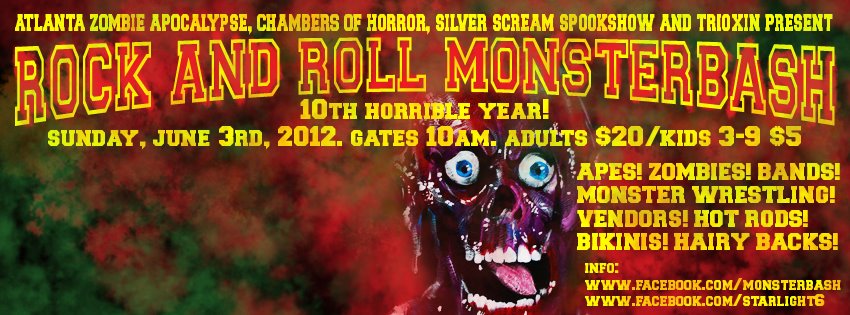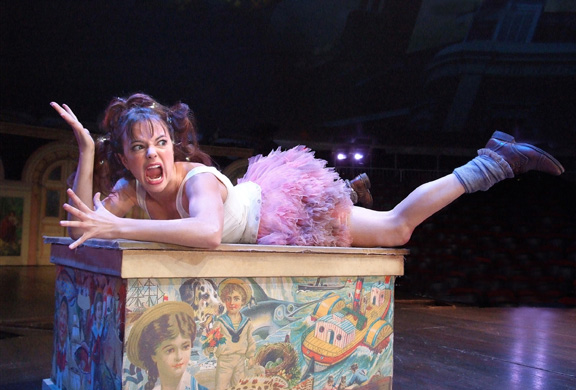by Melanie Crew
Managing Editor
Alessa Rogers, professional ballet dancer with the Atlanta Ballet, will be dancing her way into a “dead-end place in a Spanish-speaking town” in a ballet adaptation of Tennessee Williams’ 1953 stage-play, CAMINO REAL, sharing the role of “Esmeralda” (a character derived from Victor Hugo’s “The Hunchback of Notre Dame”) with fellow company dancer, Tara Lee. The world premiere of Williams’ “lost classic” of love, redemption and courage has been adapted and choreographed by Atlanta Ballet’s choreographer in residence, Helen Pickett, with sound and original score by Peter Salem (get a taste here), which will be performed live with the Atlanta Ballet Orchestra. The Atlanta Ballet’s CAMINO REAL premieres this Friday, March 20, with a red carpet opening night, at the Cobb Energy Performing Arts Center, running through March 22. For ticket information and performance schedule, please click here.
Alessa is currently in her seventh season with the Atlanta Ballet, the “oldest continuously performing ballet company in the United States.” She began training with Daphne Kendall, leaving school at 14 to pursue her dancing career at the North Carolina School of the Arts, which led to her spending one season with the North Carolina Dance Theatre II before her journey to Atlanta and the Atlanta Ballet. Alessa has danced across the country having been a guest artist at the National Choreographer’s Initiative in California (See video of Alessa detailing her experience at the NCI here) and at the Terpsicorps Theatre of Dance in Asheville, NC.
Alessa has filled the dancing shoes of many strong female characters since she began her dancing career, but her favorite roles include “Juliette” in Jean-Christophe Maillot’s ROMEO ET JULIETTE; “Margaret” in the world premiere of Helen Pickett’s “The Exiled”; “Lucy” in Michael Pink’s adaptation of DRACULA; “Ophelia” in Stephen Mills‘ HAMLET, “Lover Girl” in David Bintley’s “CARMINA BURANA; and “Princess Irene” in the world premiere of Twyla Tharp’s THE PRINCESS & THE GOBLIN.
ATLRetro caught up with Alessa for a quick interview about her trek into the dancing world; fully immersing one’s self into a character; her take on Helen Pickett’s ballet adaptation of Williams’ CAMINO REAL; and the sweet, sweet smell of vampires.
And while you’re taking a peek at our little Q&A with Alessa, get a taste of her transformation into “Juliette” in Jean-Christophe Maillot’s “ROMEO ET JULIETTE here, which premiered this past February.
ATLRetro: What drew you to Atlanta Ballet?
Alessa Rogers: I came to Atlanta without much forethought simply because my older sister was already here dancing with the ballet. At the time I thought it would be a transition year between my first professional contract when I was 17 (with North Carolina Dance Theater second company) and figuring out where to go next. Now that I’ve been here for nine years, I’d say it’s been quite a long and wonderful transition!
How does it feel to be a part of Atlanta Ballet founder and dance visionary, Dorothy Alexander’s dream of bringing quality ballet to Atlanta?
You know so much has changed in the dance world since Dorothy Alexander opened Atlanta Ballet over 80 years ago. And even in the nine years that I have been here we have gone from being what could be described as a regional dance company into a world-class organization that has gone on international tours and consistently brings in the world’s greatest living choreographers. So it’s been a really amazing experience to be a part of that
growth and to be able to grow myself within that. I think the most gratifying part of my job is when someone who has never seen dance before comes to a show and realizes that it is completely unlike the stilted, inaccessible performance that they had anticipated. You might be surprised at how much even the most jeans and baseball-cap wearing of people can enjoy a night at the ballet. (You can even come in your jeans, by the way!)
We see that you just recently wrapped your role as Juliette in Jean-Christophe Maillot’s ROMEO ET JULIETTE. What was it like to play the part of one of the world’s most well-known literary female characters?
Juliette was the highlight of my career so far. Having so recently finished, it is hard to imagine ever having that profound an experience on stage again- but of course I have to hope that another ballet that special will come along again. To portray a character that everyone is familiar with, I actually had to throw all my preconceived ideas out the window. I had to forget everything I thought I knew and had been told about Juliette so that I could start fresh, with no one else’s interpretations in my head; and be able to discover her for myself again as if for the first time. That’s what I tried to do at least.
What was it like playing “Lucy” in Michael Pink’s adaptation of Bram Stoker’s DRACULA? Anything fun about that performance you’d like to share with our readers?
“Lucy” was one of the most fun experiences I’ve had on stage. She is such a complex character and it is almost always more fun to be the dark character than a sweet, vapid heroine. It’s something I hope to be able to do more in the future- the villain role. In the ballet DRACULA, the blood is made from corn syrup and everything gets drenched in it; so my pointe shoes, my hair, the whole backstage smells sweet. Every time I smell corn syrup now I think – vampires.
Who or what influenced you to become a dancer? Any intriguing stories about how you got started?
I saw my sister’s dance recital when I was four years old, and in it there was a piece with bumblebee costumes. I decided right then and there I had to start ballet so that I could get one. (Full disclosure: Still haven’t gotten one!) And basically since I was four years old, I wanted to be a professional ballet dancer. I remember my sister and I once thinking it’d be a great idea to sleep in a split the whole night. The next day I couldn’t walk, but these are just the things we did (And we weren’t even the crazy ones!) I had lots of ideas growing up about what to do after I retired (dancers retire in their 30s generally) but I knew I’d have to be a dancer first. I don’t know that I ever made a conscious decision about the matter – it was just something I took for granted would happen.
If you could be any character in any ballet or adaptation that you haven’t played before, who would it be and why?
Hmm. I don’t know that I really have any dream roles, per se, though I do have a lot of choreographers whose work I would love to do: Alejandro Cerrudo, Nacho Duato, Marco Goecke, Jiri Kylian, William Forsythe, to name a few. My favorite roles are acting roles, so any chance I have to inhabit a character is always a fun process for me. I think you learn so much about the human experience when you put yourself into the skin of someone other than yourself. There are some great works of literature that I would love to see adapted into ballets – JANE EYRE, GREAT EXPECTATIONS, THE MISTS OF AVALON.
But actually, now that I think about it- when I was 11 or 12, I went to see the ballet THE RITE OF SPRING choreographed by Salvatore Aiello. I brought my book with me to the show because back then I was very bored by ballet. But as soon as the curtain went up everything changed. I had never seen a ballet like that before – there was nothing pretty about it; no tutus or buns or pink satin ribbons. It was raw and physical and scary and I loved it. It changed everything for me about my perception of what dance is capable of. At the end of the ballet the lead woman is stripped down to her underwear and covered in paint and is sacrificed – that’s a ballet I’d love to do!
Can you tell our readers a little (without giving too much away) about your role as “Esmeralda” in Helen Pickett’s adaptation and world premiere of Tennessee Williams’ stage-play, CAMINO REAL?
I am sharing the role of “Esmeralda” in our world premiere next week. The play is inhabited by characters from literature, like “Don Quixote” and “Casanova.” “Esmeralda” has her roots in Victor Hugo’s THE HUNCHBACK OF NOTRE DAME. She is a young gypsy girl who is held captive by her mother and is sold as a prostitute. Not a role I’ve had too much experience in playing fortunately!
Tennessee Williams’ CAMINO REAL, first performed in 1953, was one of the first American plays to break the fourth wall. Do you and the company
have anything special planned for this exciting three-day performance? Will there be additional runs?
I don’t want to give too much away, but there are a lot of firsts in this ballet. I think the audience will be surprised by a lot of what they see – many of the dancers (me included) actually have speaking roles which has been a challenge for us. There is an original score, original costumes, an original set and they are all amazing. The collaborative nature of this ballet has been so exciting. Just being in the same studio with all these talented, creative designers and artists who are working so hard (I’m pretty sure some of the production team has just been sleeping at the studio in order to get this massive ballet built.) has been so cool to watch. I just can’t wait to get into the theater and see it all come together and come to life!
Who are some of your favorite vintage and retro dancers and why?
I grew up in Charlotte (for the most part) and North Carolina Dance Theatre (NCDT) dancer Kati Hanlon was my hero. I think more than her being an amazing dancer, which she was, she was a really kind person. That affected me a lot as a young dancer – having someone who was so down-to-earth and approachable to emulate, as opposed to an icy, photo-shopped, perfect cut-out who couldn’t be bothered to smile at the clumsy kid who idolized her. Actually Kati was the lead woman in the production of THE RITE OF SPRING that I spoke of earlier. Eventually she became my teacher and then my co-worker at NCDT. It was one of my first magical stage moments the first time I shared a stage with her as a co-worker.
Nowadays, it is the people who I am surrounded by on a daily basis who inspire me the most. Atlanta Ballet dancers like Rachel Van Buskirk and Jackie Nash who can be so powerful and so soft at the same time. It’s interesting because those two have a very different style of dancing than I do. But I love to watch them and cheer them on and learn what I can from them.
What’s next for Alessa Rogers?
A show a month until our season ends in May and then guesting with the New Orleans Ballet Theater and Wabi Sabi in the summertime. I hope to be able to keep dancing until they drag me out of the studio when I’m around a hundred and then after that…I have some more plans!
Can you tell us something you’d like folks to know about you that they don’t know already?
In my spare time, I like to relax by rock climbing!
What question do you wish somebody would ask you in an interview but they never do and what’s the answer?
Q: Would you like some ice cream? And my answer? Yes, yes I do!

